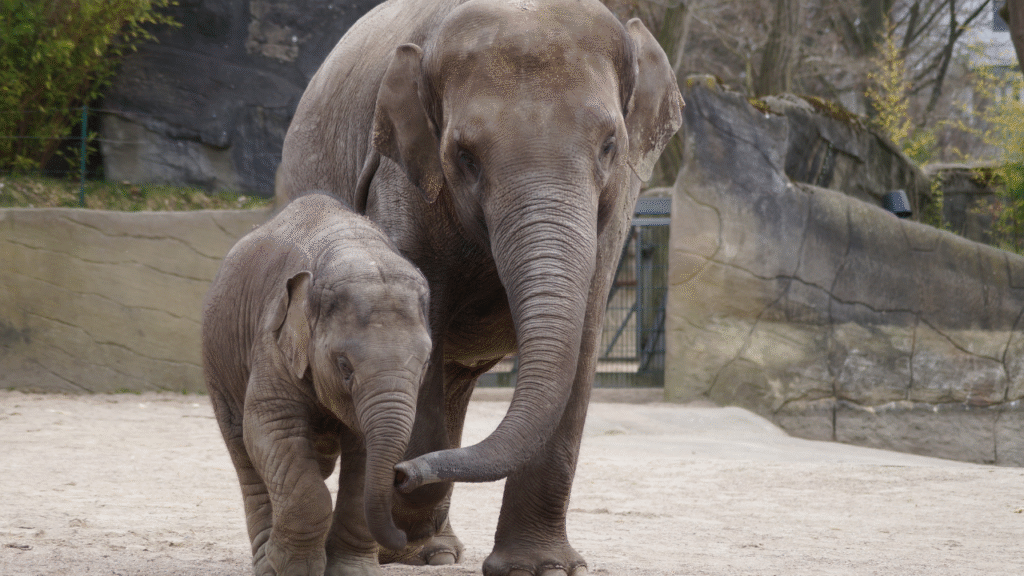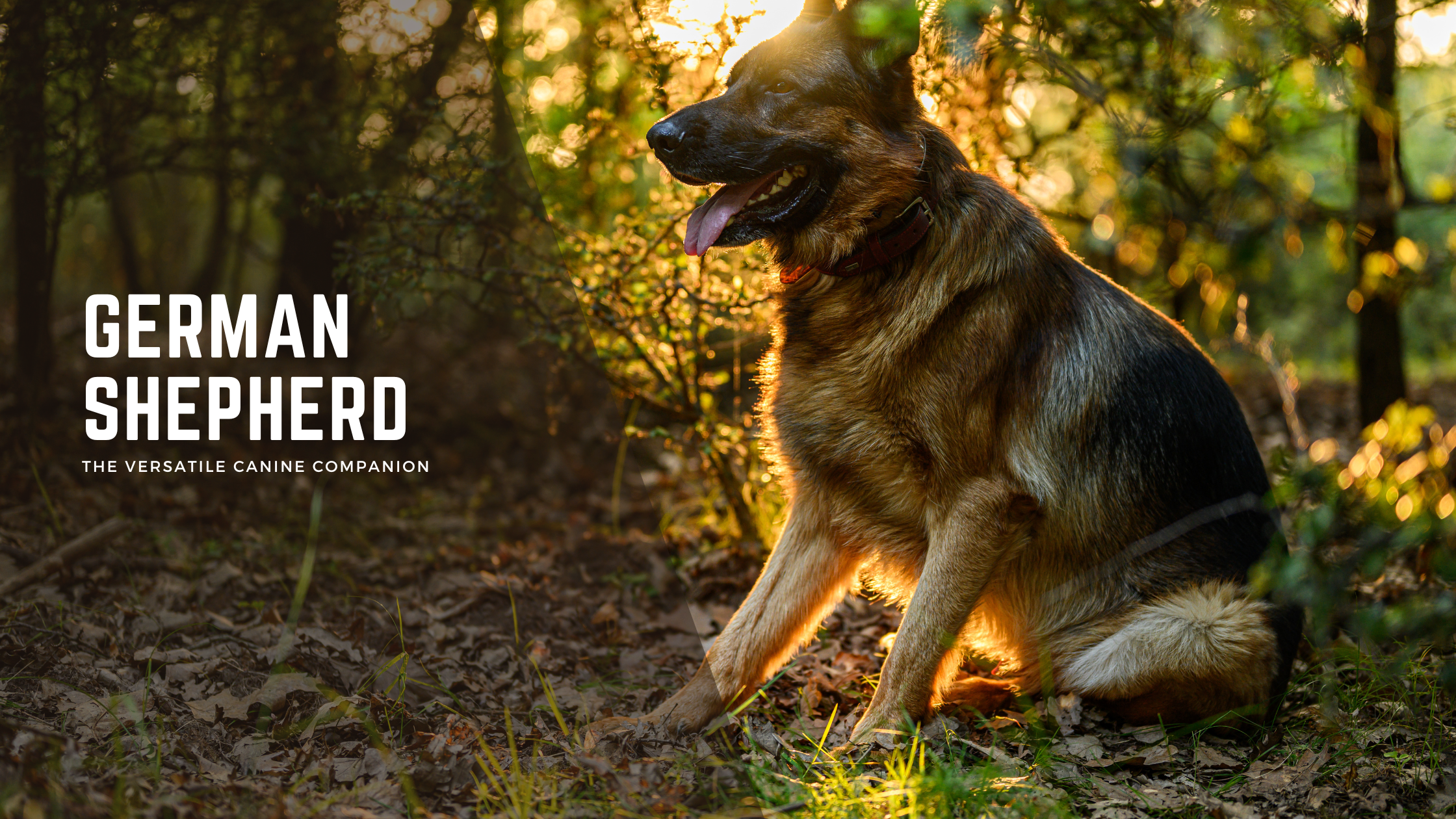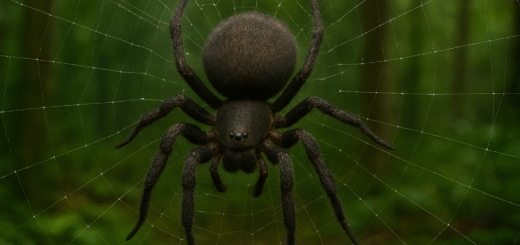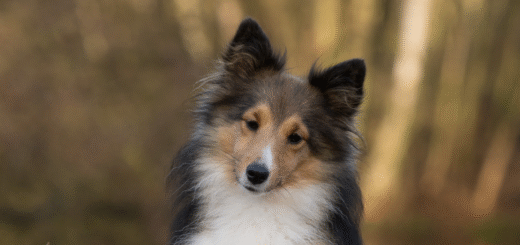Can Elephants Paint? The Truth Behind Artistic Pachyderms
Elephants have long fascinated humans with their size, intelligence, and emotional depth. But one question has sparked both awe and controversy: Can elephants really paint? From viral videos to tourist attractions, the idea of an elephant holding a paintbrush and creating art has become a curious phenomenon. Let’s uncover the truth behind these artistic pachyderms.

Elephant Painting: A Captivating Spectacle
In various parts of Asia, particularly Thailand and Sri Lanka, elephant painting shows are popular tourist attractions. Visitors marvel as elephants, with brushes grasped in their trunks, create what seem like intricate paintings—flowers, trees, even self-portraits. This has led many to believe that elephants possess a sense of artistic creativity.
But is this truly an expression of art, or is there more beneath the surface?
The Intelligence of Elephants: A Creative Spark?
Elephants are among the most intelligent land animals. Studies have shown they possess problem-solving skills, deep memory, empathy, and self-awareness (as seen in mirror tests). Some researchers argue that this high level of cognition could allow for creative expression, including painting.
However, intelligence alone does not equal artistic intent. Just because an elephant can paint, does it mean it’s choosing to express itself creatively?
The Training Behind the Paintings
Here lies the controversial truth: most painting elephants are trained extensively to follow specific brush movements. Trainers often use repetition, rewards, and sometimes coercion to teach the elephant how to make certain strokes. The elephant does not necessarily know what it’s painting—it’s repeating learned motions.
In many cases, elephants are taught to paint the same image over and over, often guided subtly by a trainer nearby. These “artworks” may appear unique, but they are usually the result of memorized patterns rather than spontaneous creativity.
Is It Ethical? The Dark Side of Elephant Art
While some elephant sanctuaries claim that painting is a form of enrichment, others criticize the practice as exploitative. Concerns include:
- Harsh training methods during early conditioning
- Unnatural behaviors forced for entertainment
- Stress and fatigue from daily performances
Ethical sanctuaries avoid painting shows entirely, focusing instead on allowing elephants to roam, forage, and engage in natural behaviors.
Can Elephants Be Naturally Creative?
Interestingly, some researchers have explored whether elephants can paint spontaneously when not guided. A few elephants have shown a preference for colors or unique stroke patterns when left to explore on their own. However, true artistic intention—like expressing emotions or abstract thought—is difficult to confirm.
So far, there is no solid evidence that elephants paint for self-expression the way humans do. Their “art” is largely a trained performance.
The Real Beauty of Elephants
While the idea of a painting elephant is intriguing, their true beauty lies in their natural behaviors—the way they care for their young, mourn their dead, or navigate forests with incredible memory. Supporting ethical tourism and genuine elephant conservation helps preserve these magnificent creatures in ways that go far beyond paint and canvas.
Final Thoughts
So, can elephants paint? Technically, yes. But are they artists in the human sense? Not quite. Most elephant paintings are the result of careful training, not creative inspiration. As the world becomes more conscious of animal welfare, it’s important to admire elephants for who they are—not just what they can be trained to do.








